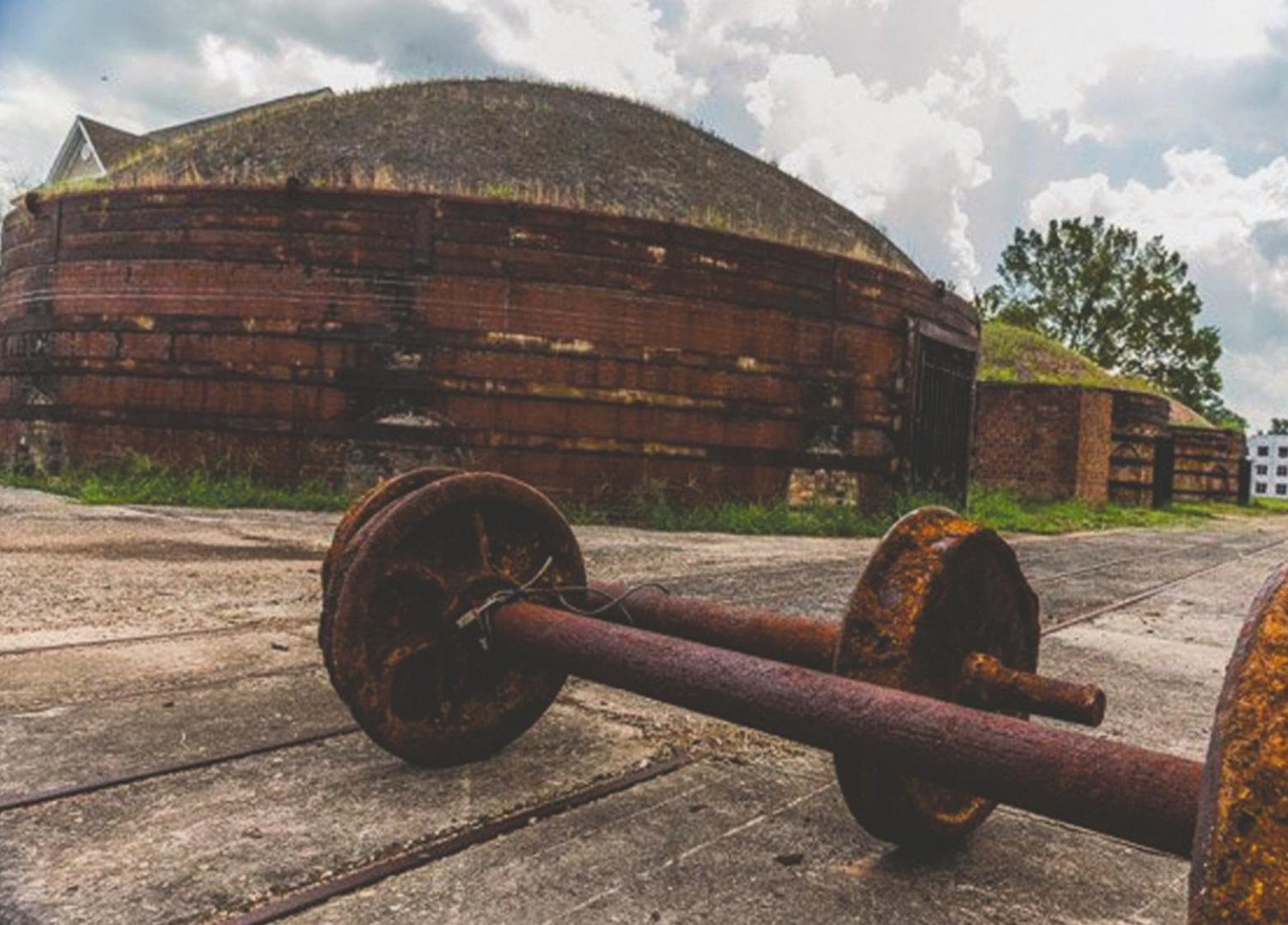America’s oldest brick works
The Guignard brick works on the Cayce side of the Blossom Street Bridge is one of Lexington County’s historic landmarks is. It is believed to be America’s oldest brick works.
James Sanders …
This item is available in full to subscribers.
Subscribe to continue reading. Already a subscriber? Sign in
Get 50% of all subscriptions for a limited time. Subscribe today.
Please log in to continueNeed an account?
|
America’s oldest brick works
The Guignard brick works on the Cayce side of the Blossom Street Bridge is one of Lexington County’s historic landmarks is. It is believed to be America’s oldest brick works.
James Sanders Guignard started the brick works in 1803 as a small plantation factory to supply the needs of the family’s land holdings in Richland, Lexington, Orangeburg, Edgefield and Barnwell Counties.
Around 1850 the Guignards began selling brick commercially. When James Sanders died, his son James Sanders II took over.
After his death in 1868, production was suspended but his son Gabriel Alexander resumed production in 1880.
In the late 1880s, Columbia experienced a boom. 4 large cotton mills were built in Columbia in 1895 and 1900: the Capital City, Granby, Richland and Olympia mills. All were built using Guignard bricks.
Guignard bricks were used in the interior construction of the State House, Columbia College, Baptist and Columbia (Richland Memorial) hospitals, the YMCA and Columbia’s first skyscraper, The National Loan and Exchange Bank Building. Guignard became known as the brick that built Columbia.
In the 19th Century the fine river clay was made into brick in the open air during the warmer months of the year. As demand grew and technology improved, bricks were produced year round in dryers which turned out a dry brick in 30 hours.
During boom times 30 mules and a train engine hauled clay from the Congaree River and wood to fire the kilns. 3 dryers could produce 60,000 bricks. 2 kilns had a 350,000-brick capacity. Labor costs ran about $1,000 a month.
In 1974, the brick works moved its headquarters to US 1 in Lexington. In 1966 the Merry Corporation of Augusta, one of the largest brick makers in the US, bought the company. Boral Corporation of Sydney, Australia, is Merry’s parent company.
Today the original site of America’s oldest bricks works is idle, but its historic and archaeological significance remain a valued asset to our county.
Since writing about this in 2002 I have learned that Lexington was home to at least one plantation brick works – the Hendrix brick oven on Hendrix Street near the Callison home. Occasionally you can find a pot that was fired there. One of these clay pots can be seen in an Edgefield potter’s shop exhibit off the town square.
Other items that may interest you







Comments
No comments on this item Please log in to comment by clicking here